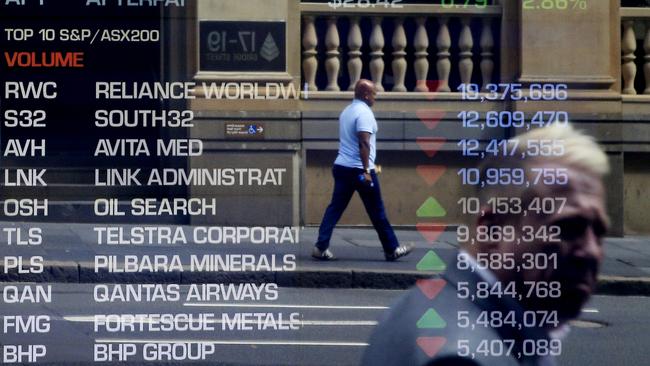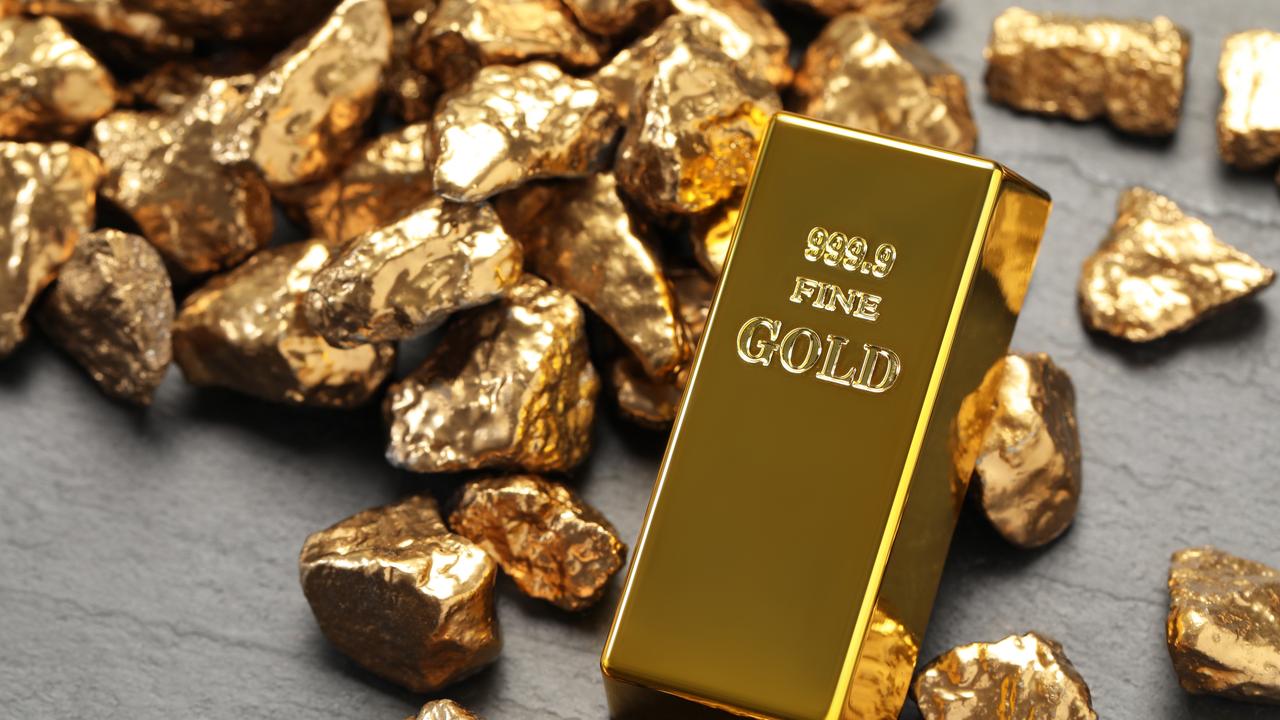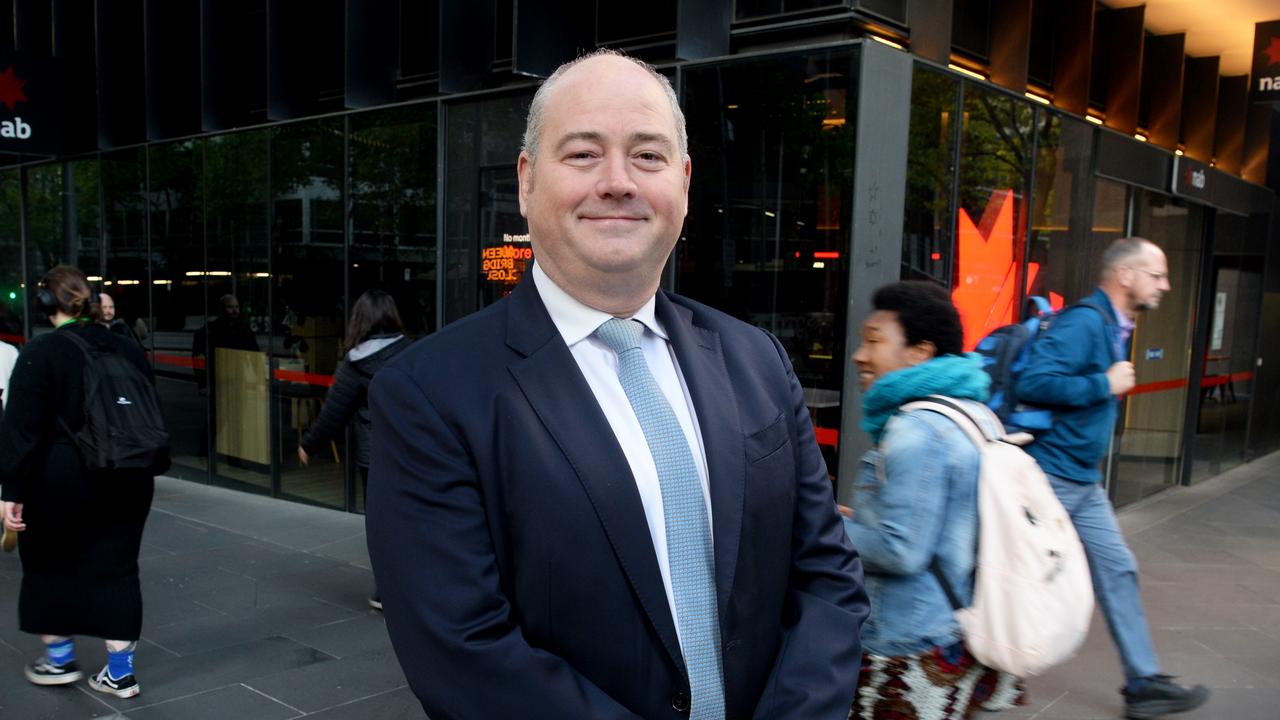Hopes of V-shaped recovery likely to be dashed
Investors shouldn’t bet the house on a V-shaped recovery in the global economy.

Investors shouldn’t bet the house on a V-shaped recovery in the global economy.
Even with Australia now considering joining the trend toward less coronavirus restrictions in the coming weeks after the successful flattening of infection rates, this outcome has been mostly priced in, with the global sharemarket having recovered 50 per cent of the February-March sell-off.
A further V-shaped recovery in shares would probably require a rapid restart of the global economy that doesn’t have unintended consequences in terms of reigniting the pandemic.
Even optimists like Steven Mnuchin don’t see a rapid reopening of the US economy. The US Treasury Secretary anticipates having “most, if not all” of the US economy open by August. But “second wave” infections are almost inevitable and the experience of Singapore and Japan shows that the case load can surge after initial success, leading to tighter restrictions.
Moreover, less social distancing doesn’t equate to economic normalisation, according to Citi.
Assuming a tapering of social distancing in Australia, starting with essential goods and service industries in May and ending with opening borders from late 2020 to 2021, chief economist Josh Williamson sees a sees a 6.1 per cent growth rebound in 2020-21 after a 5.8 per cent fall 2019-20.
But the expected recovery will be flattered because it’s coming off a lower base and Williamson doesn’t see the economy returning its pre-virus environment until late 2021.
Moreover, the pandemic is expected to change consumer and business behaviour, with a “payback” for the recent stockpiling behaviour in the form of a higher savings rate in the second half, and a collapse in business capacity utilisation to remain below pre-COVID-19 levels in 2020.
“Ultimately, we believe lessons from overseas will weigh heavily on the decisions Australian policymakers make on reopening the economy,” Williamson says.
In his view, high case detection and a low effective reproductive rate for the virus are necessary but not sufficient conditions to relax social distancing, and the global experience raises concerns around a second wave of infection because of asymptomatic cases.
“The government’s responses so far suggest that the health crisis will need to be resolved before the economy can be allowed to operate at full productive capacity.”
As for shares, Citi’s head of global strategy, Robert Buckland, says the bear market isn’t over, even though shares are technically back in bull markets after rising more than 20 per cent from the lows.
“There is a giant bid/offer battle going on out there,” Buckland says. “On the bid we have $5.5 trillion of global central bank asset purchases over the next 12 months. On the offer we have a likely 50 per cent collapse in global earnings per share over 2020.
“The central bank bid has won in recent weeks, but we suspect that profit concerns have not yet been seen off completely.”
Buckland argues that price-to-earnings ratios — even using cyclically-adjusted earnings per share to smooth out volatility — have been inconsistent at previous bottoms in shares.
A simple rule from previous global recessions is that share prices fall as much as earnings. In the 2008-09 collapse the MSCI World index fell around 60 per cent and, six to nine months later, trailing global earnings per share bottomed out a similar 60 per cent below the previous peak.
That rule suggests global equities should fall around 50 per cent this time, but the unprecedented increase in central bank asset purchases could make a difference.
“Central banks have made an enormous commitment to prop up financial markets,” Buckland says. “That might not limit the collapse in EPS, but it might limit the collapse in share prices.”
Still, he wants to see improvement in purchasing managers’ indexes, infection data, Citi’s earnings revision ratio index and credit spreads before pronouncing the bear market is truly over.
Canaccord US strategist Tony Dwyer says credit market indicators, including the flat US Treasury yield curve, still spiking business loan demand, and lingering signs of stress in corporate debt mean it’s too early to call a V-shaped recovery.
He expects the Fed liquidity, recent COVID-19 data, and talk of reopening the economy to keep markets above their March 23 lows. But the credit market indicators suggest the economic recovery will more take more time than the sharp rally in the major equity indices would suggest.
“Again, we do not want to fight a Fed that is already buying high yield corporate and municipal debt, but ultimately we need to see a better indication the economy is nearing the end of the recession in order to add exposure after such a significant relief rally,” Dwyer says.




To join the conversation, please log in. Don't have an account? Register
Join the conversation, you are commenting as Logout